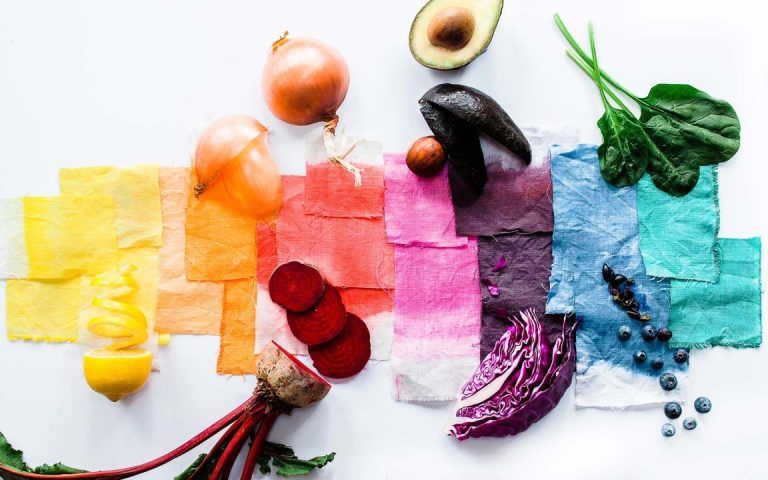Table of Contents
ToggleFood coloring agents, also known as food colorants, play a crucial role in enhancing the visual appeal of foods and beverages, transforming them into vibrant and enticing culinary creations. From natural pigments sourced from fruits and vegetables to synthetic dyes meticulously formulated in laboratories, these colorants add a spectrum of hues to the culinary canvas. This blog delves into the fascinating world of food coloring agents, exploring their origins, types, applications, and the role of synthetic food color manufacturers in shaping the culinary landscape.
The Origins of Food Coloring Agents
Exploring the origins of food coloring agents unveils a fascinating journey from nature’s vibrant sources to enhance culinary aesthetics and appeal.
1. From Nature’s Bounty
Historically, humans have relied on natural sources such as fruits, vegetables, spices, and minerals to impart color to their food and beverages. Ingredients like saffron, turmeric, beetroot, and spirulina have long been used to add vibrant hues to culinary creations, offering both color and flavor.
2. Synthetic Innovations
In the late 19th and early 20th centuries, the development of synthetic dyes revolutionized the food industry, offering a wider range of colors and greater stability compared to natural colorants. Synthetic food color manufacturers began producing a variety of dyes derived from coal tar and petroleum-based chemicals, leading to the widespread use of artificial food colors in processed foods and beverages.
Types of Food Coloring Agents
Various types of food coloring agents, sourced from natural to synthetic sources, provide a spectrum of vibrant hues to elevate culinary aesthetics and creativity.
1. Natural Colorants
Natural food colorants are derived from plants, fruits, vegetables, and other natural sources. They are prized for their vibrant hues, clean label appeal, and potential health benefits. Common natural colorants include anthocyanins, chlorophyll, carotenoids, and caramel.
3. Synthetic Dyes
Synthetic food dyes, also known as artificial food colors, are manufactured in laboratories using chemical compounds. These dyes offer a wide range of colors, greater stability, and versatility in applications. Examples of synthetic food colors include FD&C Red No. 40, Yellow No. 5, and Blue No. 1.
Applications in Culinary Creations
Applications in culinary creations highlight the diverse uses of food coloring agents, adding a burst of color and creativity to a wide range of dishes.
Enhancing Visual Appeal
Food coloring agents are used in a variety of culinary applications to enhance the visual appeal of foods and beverages:
1. Baked Goods: From colorful cakes and cupcakes to vibrant cookies and pastries, food coloring agents add a splash of color to baked treats, making them visually appealing and enticing.
2. Confections: Candies, chocolates, and gummies are often coated or filled with vibrant colors to create eye-catching confections that appeal to consumers of all ages.
3. Beverages: Soft drinks, sports drinks, and flavored waters rely on food coloring agents to create visually striking beverages that stand out on store shelves and entice consumers.
Challenges and Considerations
Challenges and considerations in our endeavors prompt thoughtful approaches, fostering resilience and innovation in the pursuit of success and growth.
1. Safety Concerns
While many food coloring agents are considered safe for consumption, some synthetic dyes have been the subject of controversy and health concerns. Studies have linked certain artificial food colors to hyperactivity in children and other adverse effects, leading to calls for greater transparency and regulation in the food industry.
2. Regulatory Oversight
Regulatory agencies like the Food and Drug Administration (FDA) in the United States and the European Food Safety Authority (EFSA) in Europe closely monitor the use of food coloring agents and establish safety standards and maximum allowable limits for their use in foods and beverages.
The Role of Synthetic Food Color Manufacturers
The role of synthetic food color manufacturers is pivotal in providing a diverse palette of vibrant options, contributing to the visual appeal of various food products.
1. Innovation and Formulation
Synthetic food color manufacturers are at the forefront of innovation, developing new dyes and formulations to meet the evolving needs of the food industry. They invest in research and development to create colors that are stable, vibrant, and safe for consumption.
2. Regulatory Compliance
Synthetic food color manufacturers adhere to strict regulatory guidelines and safety standards to ensure the quality and safety of their products. They conduct extensive testing and evaluation to assess the safety and efficacy of their dyes before they are approved for use in foods and beverages.
Conclusion: The Art and Science of Color
Food coloring agents are not merely additives; they are an integral part of culinary artistry, transforming ordinary foods into visually stunning masterpieces. Whether derived from natural sources or synthesized in laboratories, these colorants play a vital role in enhancing the visual appeal, consumer appeal, and overall sensory experience of foods and beverages. As the food industry continues to evolve, so too will the art and science of food coloring agents, shaping the future of culinary creativity and innovation.




